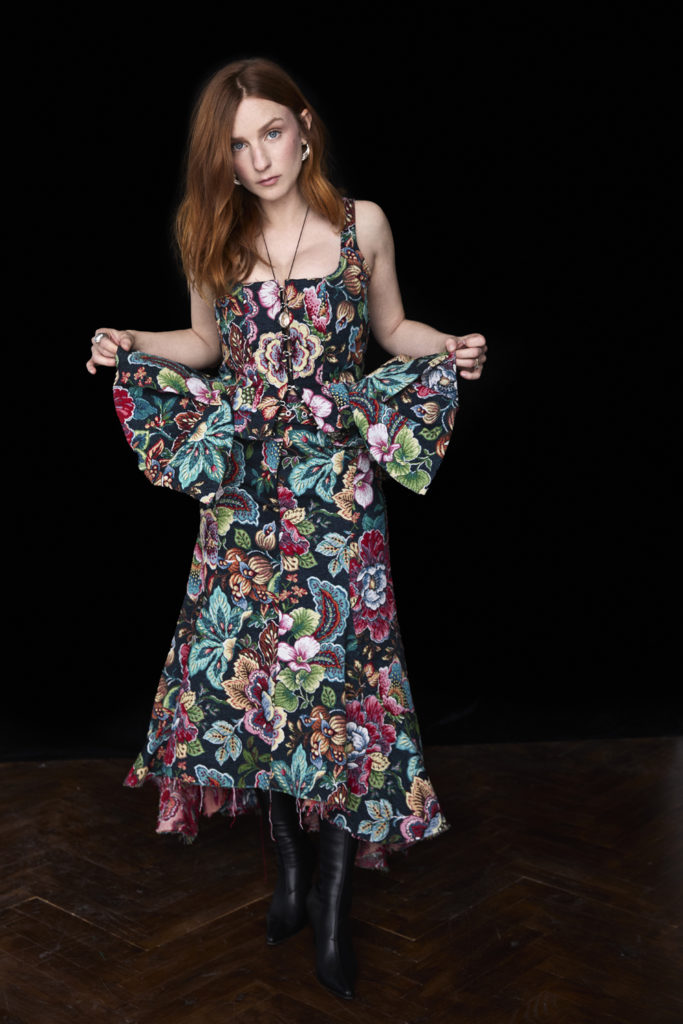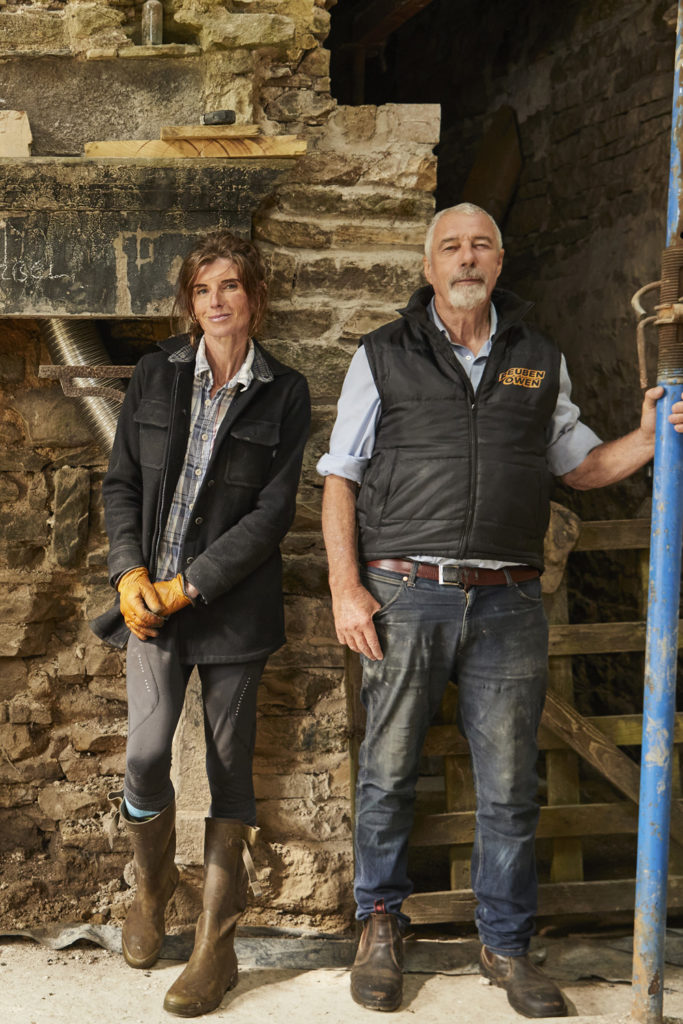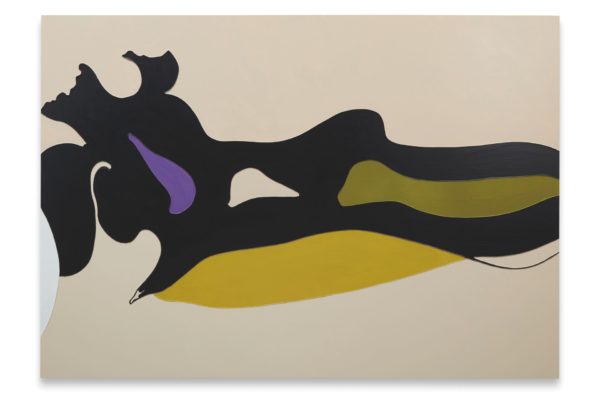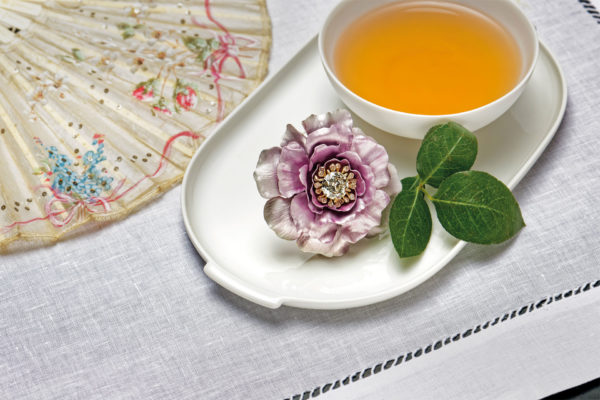
Nick Cave And The Enduring Appeal Of Staffordshire Figurines
By
3 weeks ago
How did the artist and musician's personal collection become an artwork?
There’s always been more to Staffordshire figurines than decorative value and Nick Cave’s The Devil – A Life is part of a traditional ceramic expression that covers all human life, says Caragh McKay
The Story Behind Nick Cave’s The Devil – A Life
‘I don’t collect art, but I have been collecting Staffordshire figurines for maybe 20 or 30 years,’ Nick Cave, the musician, poet, writer and composer confessed to Philippe Van Cauteren, artistic director of SMAK, Ghent’s Municipal Museum for Contemporary Art, last year. The pair were discussing Cave’s latest work, The Devil – a Life, a series of 17 glazed ceramic figures that charts the cradle-to-grave story of the devil.
‘The first one was a birthday gift from a friend,’ Cave said. ‘It was a figurine of Christ standing with his hands tied behind his back, wearing a loincloth that sat very low down. It was sort of an erotic Christ sculpture. I didn’t know anything about Staffordshire figurines at the time, but I loved it and carried it from house to house.’
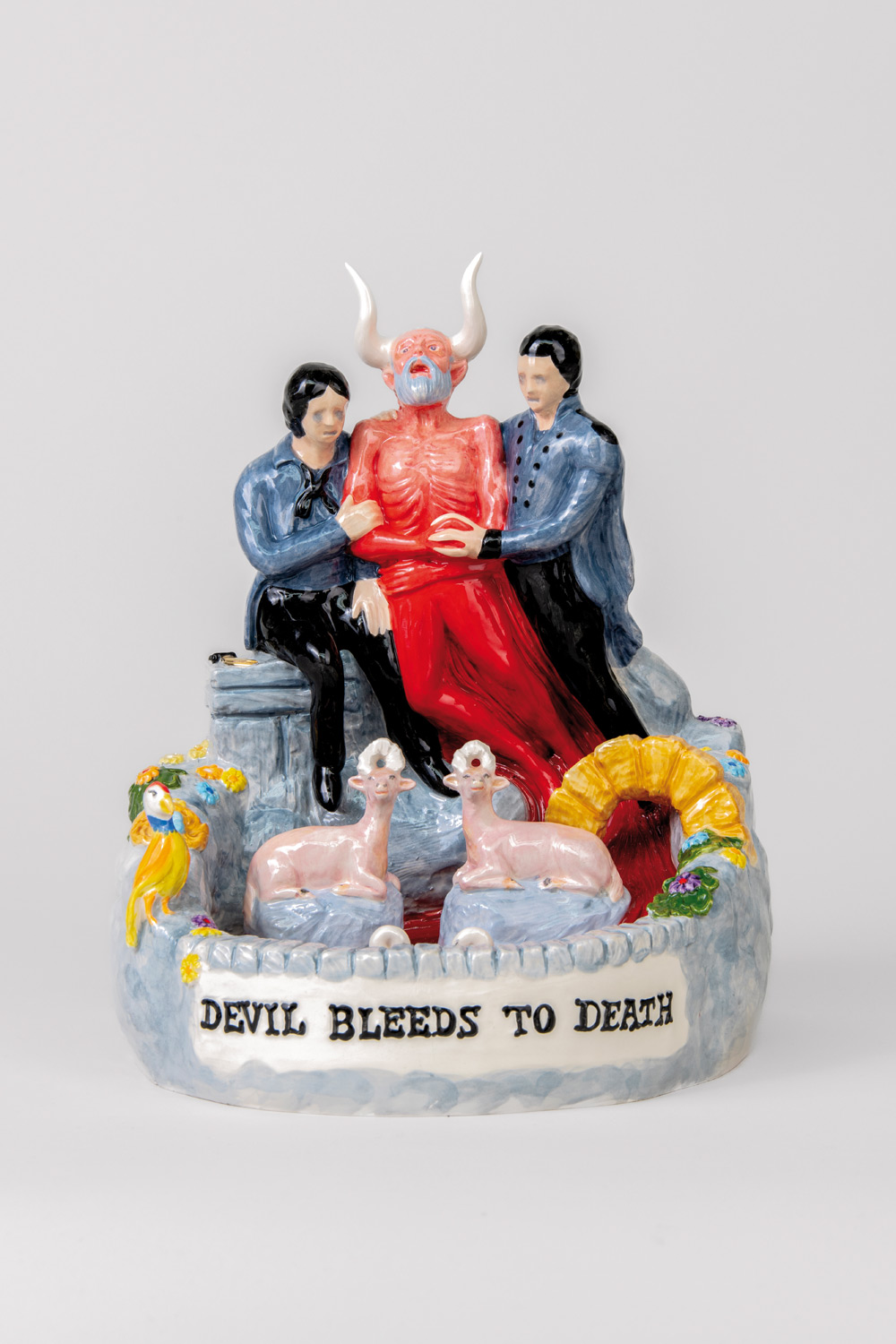
Cottage Core
Those familiar with Cave’s oeuvre will know that the power of confession and religion are regular themes, but the all-round cultural hero proudly admitting to a fondness for 19th-century pottery typically found on cottage mantelpieces might come as a surprise. Cave’s entire The Devil – a Life series is something of a homage to the Victorian Staffordshire figurine. It was while sitting and looking at one of his own Staffordshire sculptures just after his mother died in 2020 that Cave, who learned pottery as a teenager, had the idea of using ceramics as a medium to express his abiding interest in faith. Very, as it happens, Staffordshire.
‘I started seeing more of these religious sculptures, some with flat backs because they were designed to sit against the fireplace wall and be viewed only from one side,’ Cave said of his deepening fascination. ‘I found it intriguing that these little sculptures were made expressly for the home – like a kind of Victorian doll world – and I just started buying loads of them.’
Religious figures, whether biblical or contemporary, were hugely popular subjects for the famed Midlands potteries in the 19th century. From Moses to Dwight Moody (an American evangelist) and Ira Sankey (a gospel singer) to Cave’s early ‘Christ at the Column’ gift, the religious-themed pieces are some of the best according to Stephen Duckworth’s 2017 book, Victorian Staffordshire Pottery Religious Figures: Stories on the Mantelpiece.
Murder Mystery
Simon Spier, curator of ceramics and glass (1600–1800) at the Victoria & Albert Museum, highlights their enduring appeal. ‘Staffordshire is one of the most important ceramic production regions in British, and probably European, history,’ he says. ‘And while Midlands potteries were known for mass-produced ceramics aimed at an increasingly democratic market, they also created fine porcelain and tableware.’
Figurines had been produced by the area’s potters since the mid-1700s, with some of the early designs – eerie, ghost-like characters – now so rare as to be highly valuable. By the mid-18th century, there were figurines inspired by engravings, satirical cartoons and real-life crime stories. As Spier says: ‘Staffordshire manufacturers were highly responsive to public events, and made history, popular culture, political history and religious history accessible.’
The factories were quick to react to current affairs, producing conversation pieces such as the 1828 three-part ceramic of The Red Barn Murder (which sold for £11,760 at Bonhams in 2010) that depicted a notorious killing the previous year. Maria Marten was shot by her lover William Corder in Polstead, Suffolk, before their planned elopement. Corder deceived her family into believing they had fled and settled, but Maria’s stepmother dreamt that she was killed and this reportedly led police to Marten’s body. Corder was duly hanged before a massive crowd and the crime scene became a macabre tourist attraction, with visitors dismantling the barn for souvenirs. The case inspired songs and plays, as well as figurines.
In 2023, the 1825 version of The Death of Munro, arguably the most iconic Staffordshire figurine depicting a young British army officer being mauled by a tiger, sold at Sotheby’s at a hammer price of £30,480, confirming an ongoing enthusiasm for the genre.
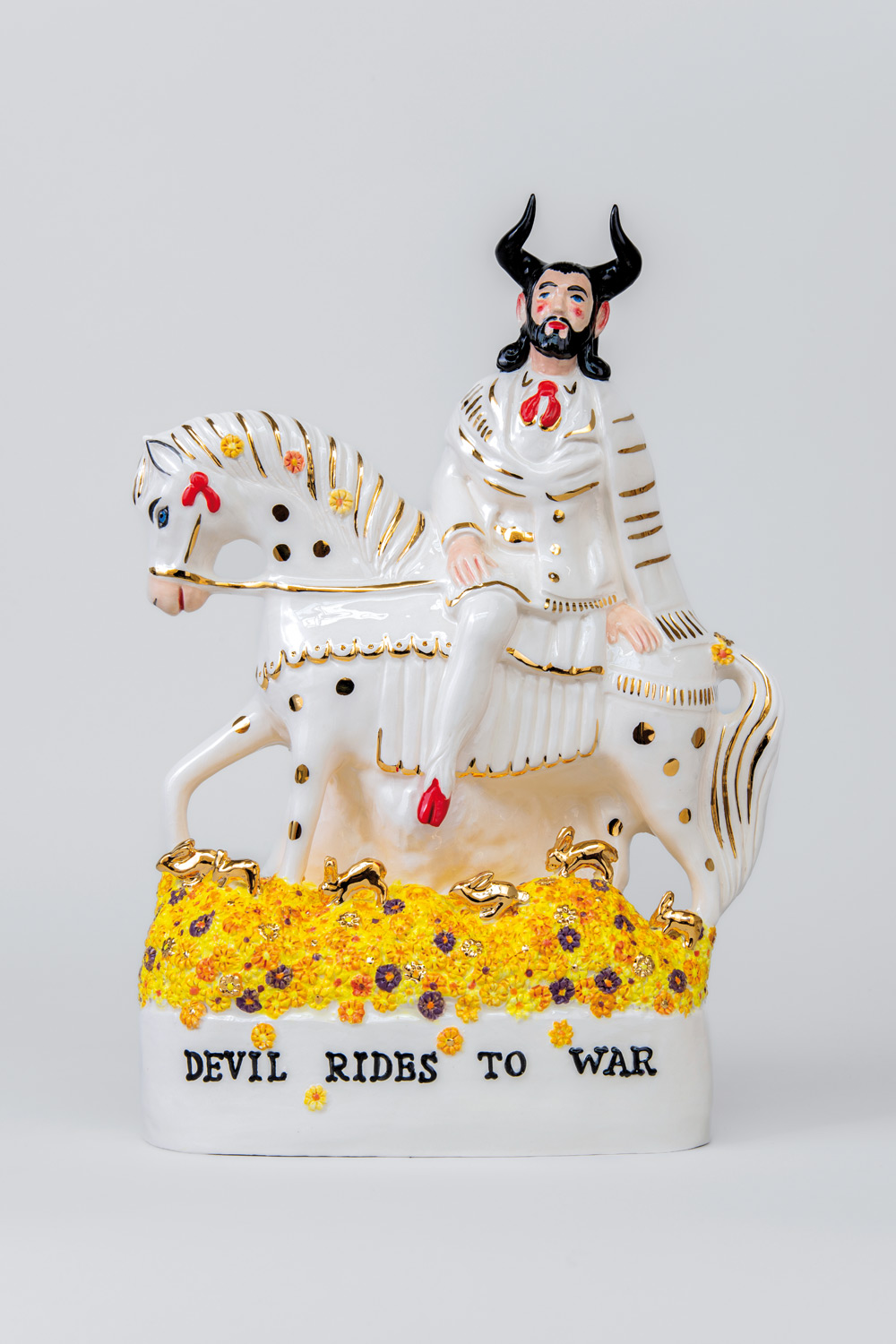
Naive Charm
‘The charm and naivety of Staffordshire figures have always been part of their appeal,’ says Spier of the era-spanning fascination, pointing out that as potteries’ workers churned out characters, they often did so without concern for anatomical accuracy, leading to the naive style that defines the figurines. And yet there have always been dedicated Staffordshire collectors and researchers. Spier cites Herbert Read, the art critic known for his work on Henry Moore and Barbara Hepworth. ‘In the early 20th century, interest in British folk art revived appreciation for British ceramics and Read wrote his first book, Staffordshire Pottery Figurines in 1929.’ Today, Simon Martin, director of Pallant House gallery in Chichester, often posts his new Staffordshire finds on Instagram.
Henry Willett, the 19th-century brewer, collected Staffordshire figures because he believed ceramics captured the essence of a nation’s character. A true conservator, and a founder of Brighton Museum, Willett saw colourful Staffordshire narratives as educational tools, a way to teach stories about great figures and moral lessons to the public. As Spier says: ‘Willett’s highly important Staffordshire collection, now in Brighton, focuses on social history rather than factory-specific production and, in preserving them, he created a time capsule of once-ordinary objects that are now rare.’
New Forms
While Nick Cave’s The Devil – A Life continues to create a history of its own, other artists are embracing the essence of Staffordshire style. The Oldham maker Connor Coulston reinterprets classic British ceramic techniques in playful ways, while, says Spier, ‘Claire Partington has created extensive museum interventions, using traditional ceramic idioms to explore themes of class and colonialism’. Matt J Smith references Staffordshire techniques, using them to interrogate history through a contemporary lens. Spier believes such artists are shaping how we understand ceramics, not just as objects of beauty but as cultural artefacts with layered meanings.
For Cave, the collector-turned-maker, the connection has become deeply human. ‘There’s something beautiful about the process – placing them on a pedestal one by one, before the glazing brings them to life. When they are white, they feel entirely different. The humanity is in the painting, in the colour, in their little faces. It’s a form of caretaking. Because these sculptures, they feel acutely vulnerable. And yet, that fragility, that’s their power. These pieces feel like my children. Not in the way people say, “My book is my child.” I mean literally. And they feel unprotected.’
With thanks to Xavier Hufkens gallery, xavierhufkens.com

